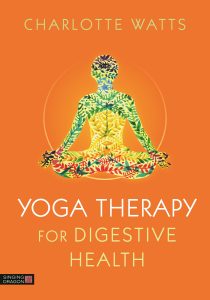
Charlotta is considered the world expert in yoga for teenagers. Her book, Teen Yoga for Yoga Therapists (Singing Dragon, 2018) was published in August 2018 to high acclaim among both yoga researchers and school teachers worldwide, selling 2,000 books in the first 6 months. Charlotta also speaks on the BBC about yoga and young people. She is the director of the global charity Teen Yoga Foundation, which exists to promote yoga among young people as a tool for wellbeing.
CLICK HERE TO JOIN A LIVE WEBINAR WITH CHARLOTTA
Teen Yoga For Yoga Therapists
A Guide to Development, Mental Health and Working with Common Teen Issues
Charlotta Martinus. Foreword by Sir Anthony Seldon
Including yogic and mindfulness exercises that have lasting positive impact well beyond the mat, this book shows how to use yogic techniques in the optimum way when working with teens. It includes advice on dealing with anxiety, depression, addiction and bullying, with examples of asana, pranayama, meditation and much more. Read more
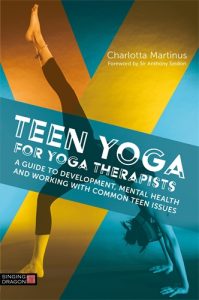
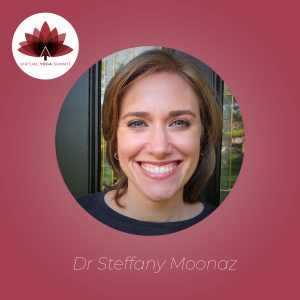
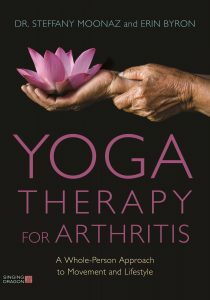
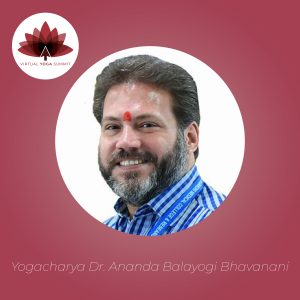
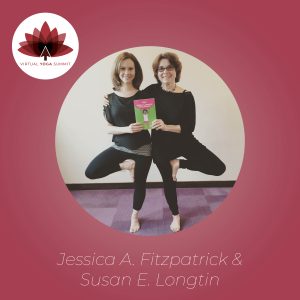
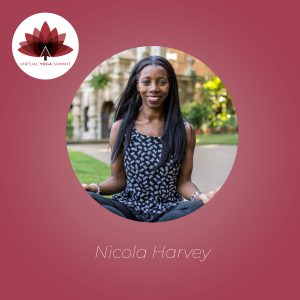
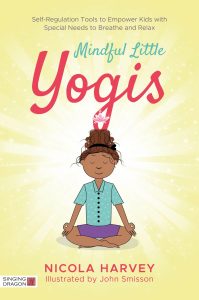
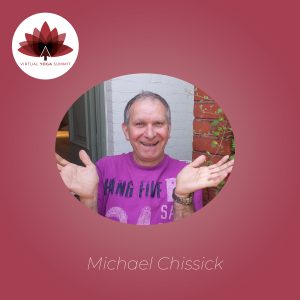
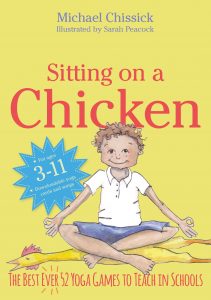

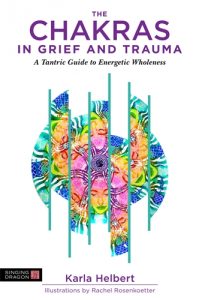
 Simply put: yes. Yes, there is a need for increased training in the world of yoga, because the focus of yoga that has become the most popular is asana, and asana deals with movements of the human body. And the human body is one complicated and mysterious machine — which is surprisingly easy to break. Now, this doesn’t mean a person can’t teach a good and safe yoga class without further education in related fields, but in order to advance the benefits of yoga by bringing it to a larger population of the world, it would be helpful if the concept of yoga evolved into a more respected and scientific field.
Simply put: yes. Yes, there is a need for increased training in the world of yoga, because the focus of yoga that has become the most popular is asana, and asana deals with movements of the human body. And the human body is one complicated and mysterious machine — which is surprisingly easy to break. Now, this doesn’t mean a person can’t teach a good and safe yoga class without further education in related fields, but in order to advance the benefits of yoga by bringing it to a larger population of the world, it would be helpful if the concept of yoga evolved into a more respected and scientific field.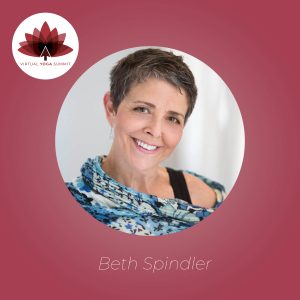 Beth has over four decades’ experience in utilizing yoga as a healing modality, plus the highest certification in the field. Her book,
Beth has over four decades’ experience in utilizing yoga as a healing modality, plus the highest certification in the field. Her book, 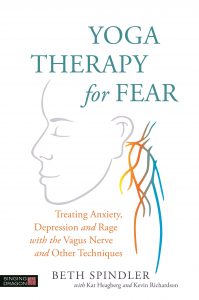
 Charlotte Watts is a Senior Yoga Teacher and Teacher Trainer (with Yoga Alliance Professionals) and has been teaching since 2010. She is also the author of
Charlotte Watts is a Senior Yoga Teacher and Teacher Trainer (with Yoga Alliance Professionals) and has been teaching since 2010. She is also the author of 